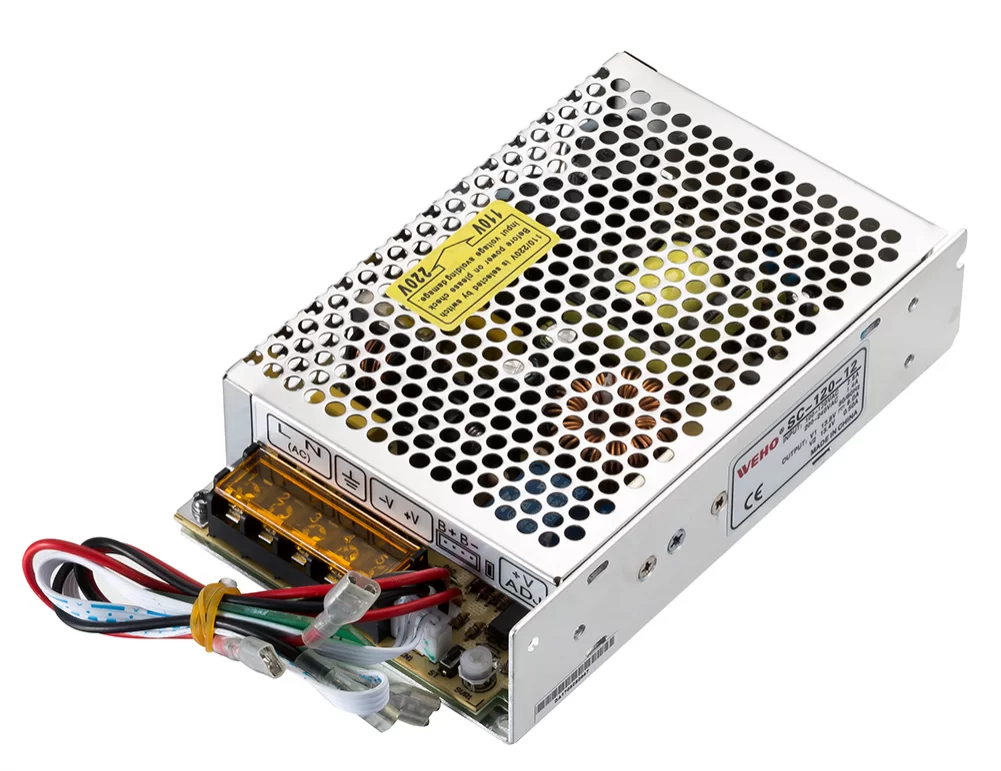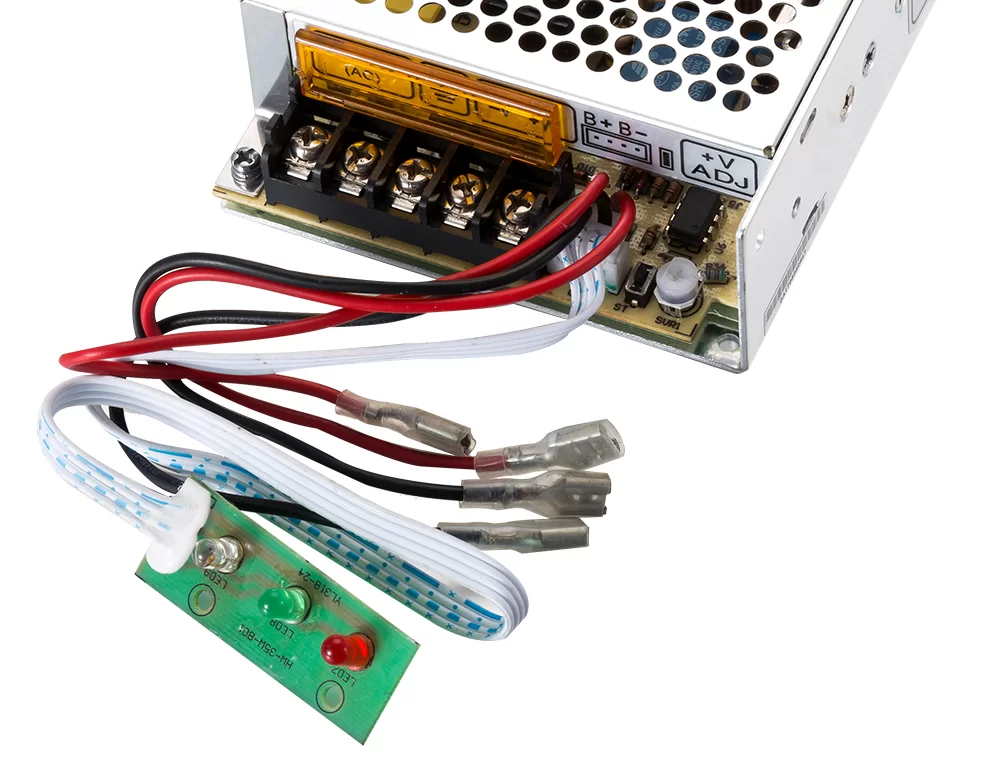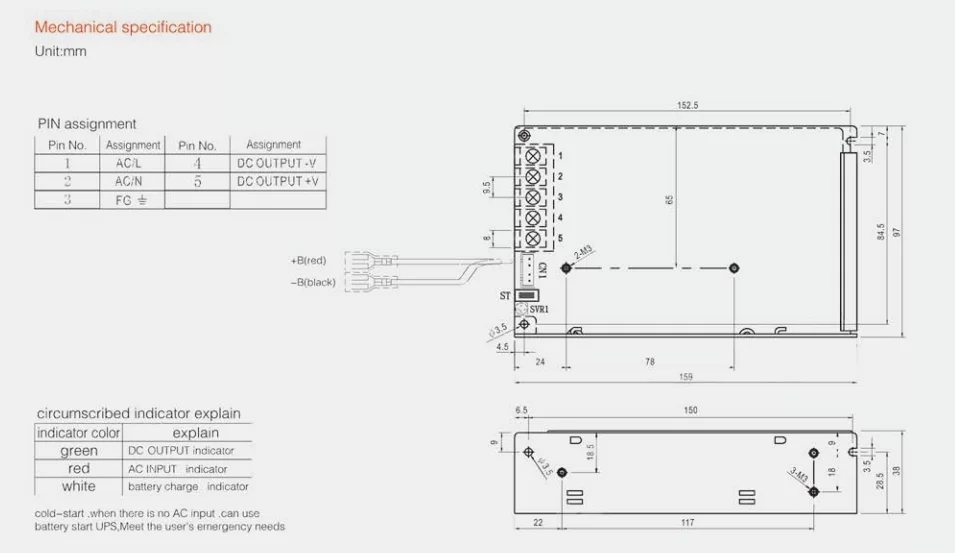For those deeply involved in the world of switch-mode power supplies (SMPS), understanding the role and functionality of an uninterruptible power supply (UPS) is crucial. A UPS isn’t just a battery backup; it’s a sophisticated system designed to protect sensitive electronic equipment from power disruptions, ensuring continuous operation and safeguarding against data loss and hardware damage. This article delves into the workings of a UPS, its various types, and its significance for those working with SMPS.
The Core Function of a UPS:
At its most basic, a UPS provides a continuous source of power to connected devices, even during power outages. It achieves this by storing energy in batteries and converting it to AC power when the primary power source fails. However, modern UPS systems go beyond simple backup power, offering features like voltage regulation, surge protection, and noise filtering, crucial for the optimal performance and longevity of SMPS.

Types of UPS Systems:
Understanding the different types of UPS systems is vital for choosing the right protection for your specific application. The three main types are:
- Offline/Standby UPS:This is the most basic and economical type. It remains inactive until the primary power source fails, at which point it switches to battery power. The switchover time, while typically short (a few milliseconds), can still be disruptive to sensitive equipment. This type is best suited for less critical applications where brief interruptions are tolerable.
- Line-Interactive UPS:This type incorporates automatic voltage regulation (AVR), which corrects minor voltage fluctuations without switching to battery power. This conserves battery life and provides more consistent power to connected devices. Line-interactive UPS systems offer a good balance of cost and performance for applications requiring moderate protection.
- Online/Double-Conversion UPS:This type offers the highest level of protection. It constantly converts incoming AC power to DC and then back to AC, effectively isolating the connected equipment from the raw power source. This eliminates power fluctuations, noise, and surges. Even during a power outage, there is no switchover time, ensuring seamless operation. This type is ideal for critical applications where continuous, clean power is essential, such as servers, medical equipment, and sophisticated SMPS-based systems.

Why UPS Systems are Crucial for SMPS:
Switch-mode power supplies are particularly susceptible to power quality issues. Voltage fluctuations, surges, and noise can negatively impact their performance, efficiency, and lifespan. A UPS system mitigates these risks by:
- Providing Clean Power:Filtering out noise and surges that can damage sensitive components within the SMPS.
- Maintaining Voltage Stability:Preventing voltage drops and spikes that can cause malfunctions or premature failure of the SMPS.
- Enabling Graceful Shutdown:Providing backup power during outages, allowing sufficient time for a controlled shutdown of the system, preventing data loss and potential damage to the SMPS.
Key Considerations When Choosing a UPS for SMPS Applications:
- Power Capacity (VA):Ensure the UPS has sufficient power capacity to handle the load of the connected SMPS and any other devices.
- Runtime:The duration for which the UPS can provide backup power. This determines the available time for a safe shutdown or for backup power to be restored.
- Output Waveform:Online UPS systems typically produce a pure sine wave output, which is ideal for sensitive electronics. Offline and line-interactive UPS systems may produce a simulated sine wave, which might be acceptable for some applications but can cause issues with certain types of equipment.
- Features:Consider features like automatic voltage regulation (AVR), surge protection, and software for monitoring and control.

Conclusion:
For those involved in the design, implementation, or maintenance of switch-mode power supplies, a UPS is a crucial component for ensuring reliable and stable operation. Understanding the different types of UPS systems and their capabilities will empower you to make informed decisions and protect your valuable equipment from the detrimental effects of power disruptions and fluctuations. By investing in a suitable UPS, you can safeguard your SMPS, prevent data loss, and maintain operational continuity.If you Interested in Power Supply and have suggestions for my Blog.Please Contact me on https://wehopower.com/ or Whatsapp:+86 18991841394 Thank you for reading this blog.








